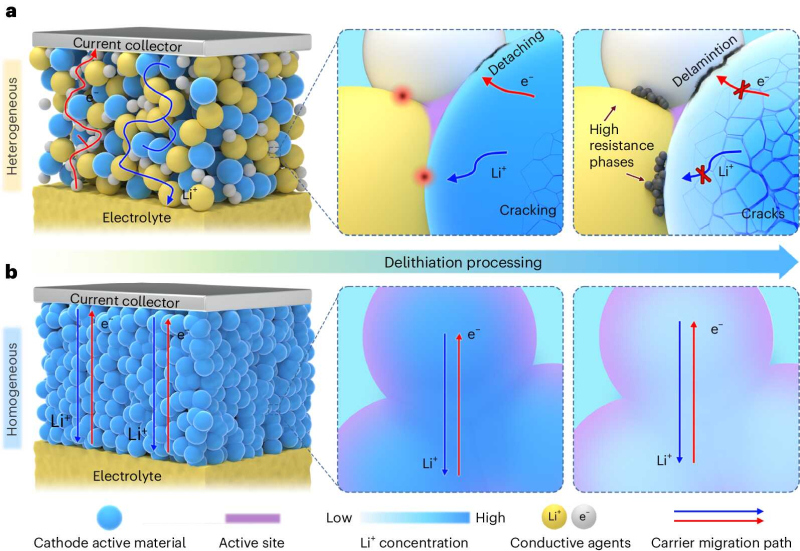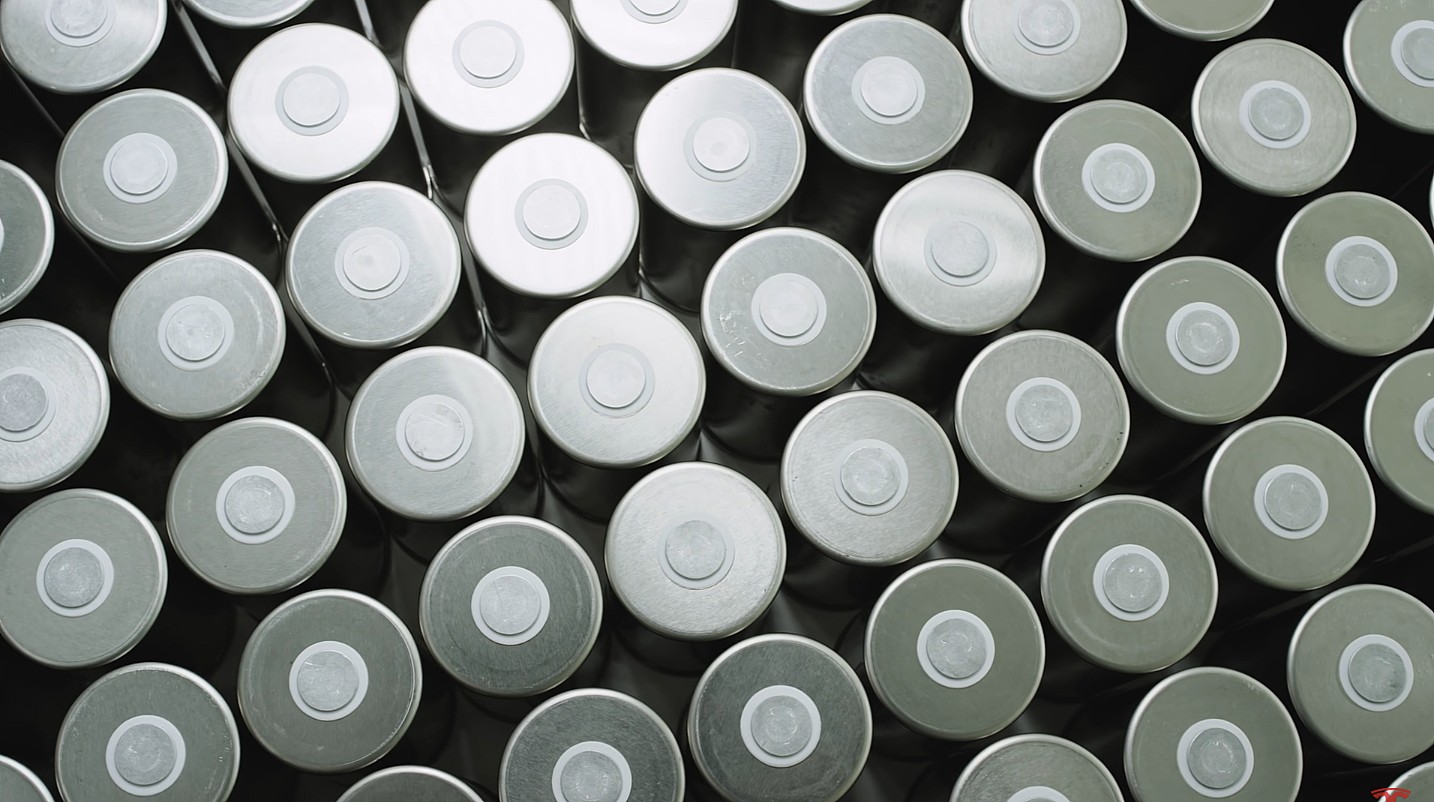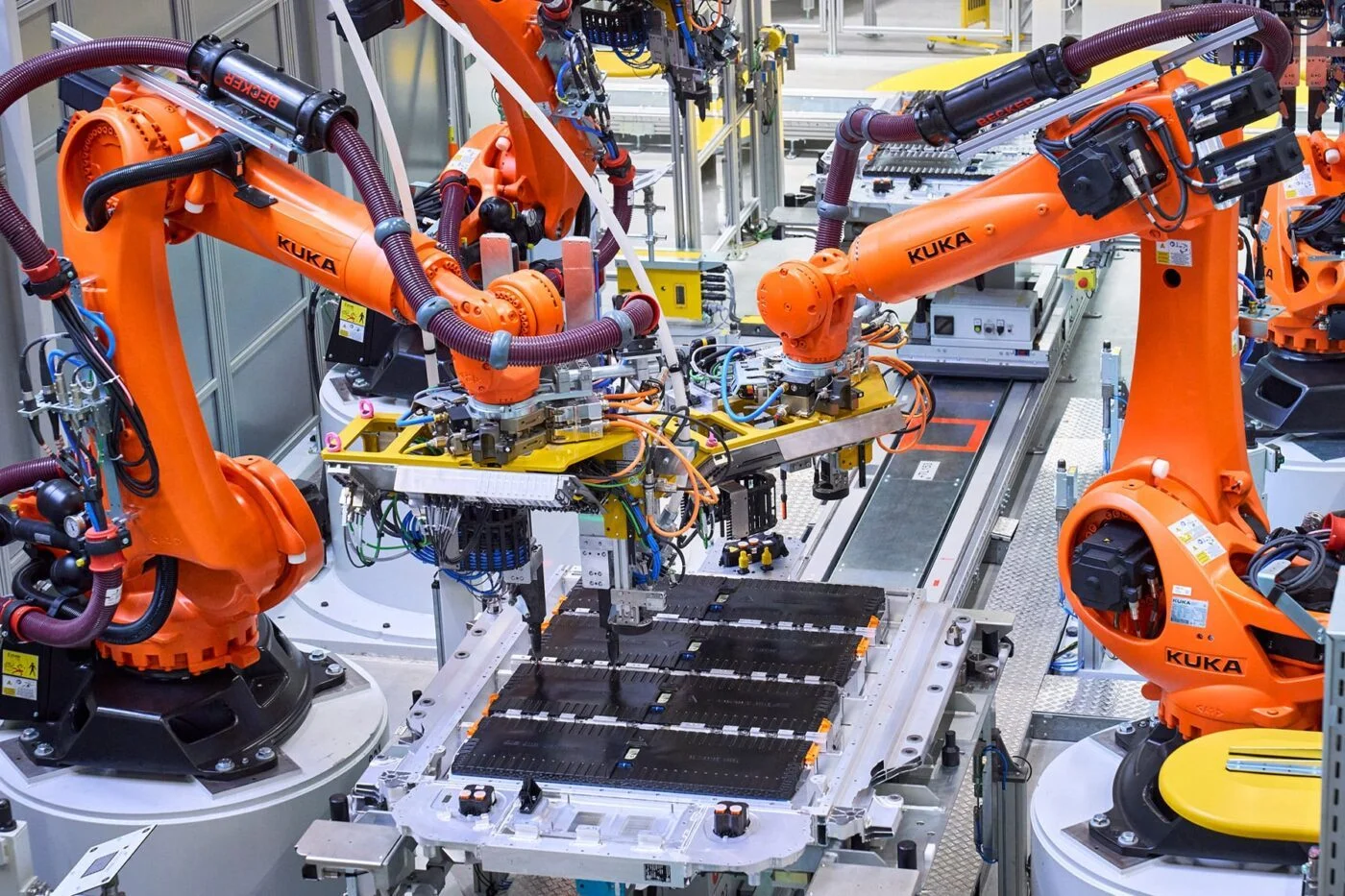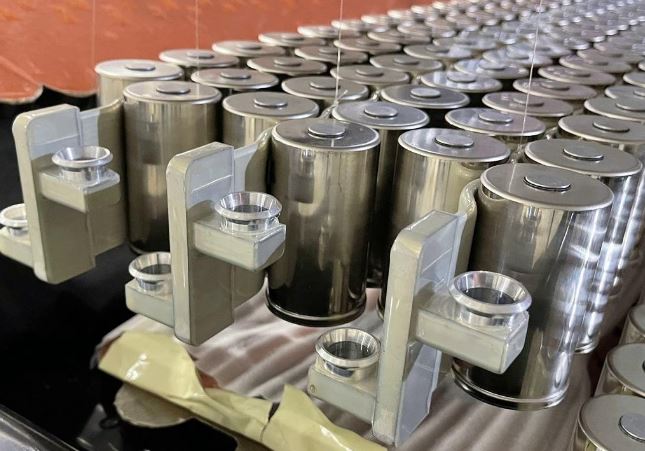Researchers at the Qingdao Institute of Bioenergy and Bioprocess Technology (QIBEBT) of the Chinese Academy of Sciences, along with collaborators from international institutions, have introduced a novel cathode homogenization strategy for all-solid-state lithium batteries (ASLBs). This advancement, detailed in a paper in Nature Energy, enhances the cycle life and energy density of ASLBs, marking a significant step forward in energy storage technology.
Current ASLBs face challenges due to heterogeneous composite cathodes, which require electrochemically inactive additives to improve conduction. These additives, though necessary, reduce the batteries’ energy density and cycle life because they are incompatible with the layered oxide cathodes that undergo substantial volume changes during operation.
The researchers developed a solution using a zero-strain material, Li1.75Ti2(Ge0.25P0.75S3.8Se0.2)3 (LTG0.25PSSe0.2), which exhibits excellent mixed ionic and electronic conductivity. This material ensures efficient charge transport throughout the (dis)charge process without the need for additional conductive additives.
“Our cathode homogenization strategy challenges the conventional heterogeneous cathode design. By eliminating the need for inactive additives, we enhance energy density and extend the battery’s cycle life,” said Dr. Cui Longfei, co-first author of the study from the Solid Energy System Technology Center (SERGY) at QIBEBT.
The LTG0.25PSSe0.2 material shows impressive performance metrics, including a specific capacity of 250 mAh g–1 and minimal volume change of just 1.2%. A homogeneous cathode made entirely of LTG0.25PSSe0.2 enables room-temperature ASLBs to achieve more than 20,000 cycles of stable operation and a high energy density of 390 Wh kg−1 at the cell level.
“The material’s stability and performance metrics are impressive, making it a strong candidate for commercial applications in electric vehicles and large-scale energy storage systems,” said Prof. Ju Jiangwei, co-corresponding author of the study from SERGY.
This advancement is supported by extensive testing and theoretical calculations, confirming the electrochemical and mechanical stability of the homogeneous cathodes. The analyses show no adverse chemical reactions or significant resistance increases after prolonged cycling.
Beyond ASLBs, other battery types, including solid-state sodium batteries, lithium-ion batteries, lithium-sulfur batteries, sodium-ion batteries, and fuel cells, also face challenges with heterogeneous electrodes. These systems often suffer from mechanochemical and electrochemical incompatibilities, which degrade overall battery performance.
By addressing key challenges in ASLBs, this strategy lays the groundwork for future innovations in energy storage technology. The team plans to further explore the scalability of the LTG0.25PSSe0.2 material and its integration into practical battery systems.






